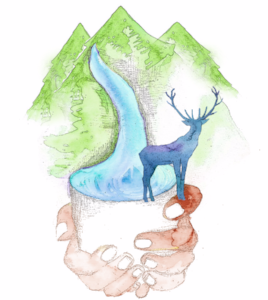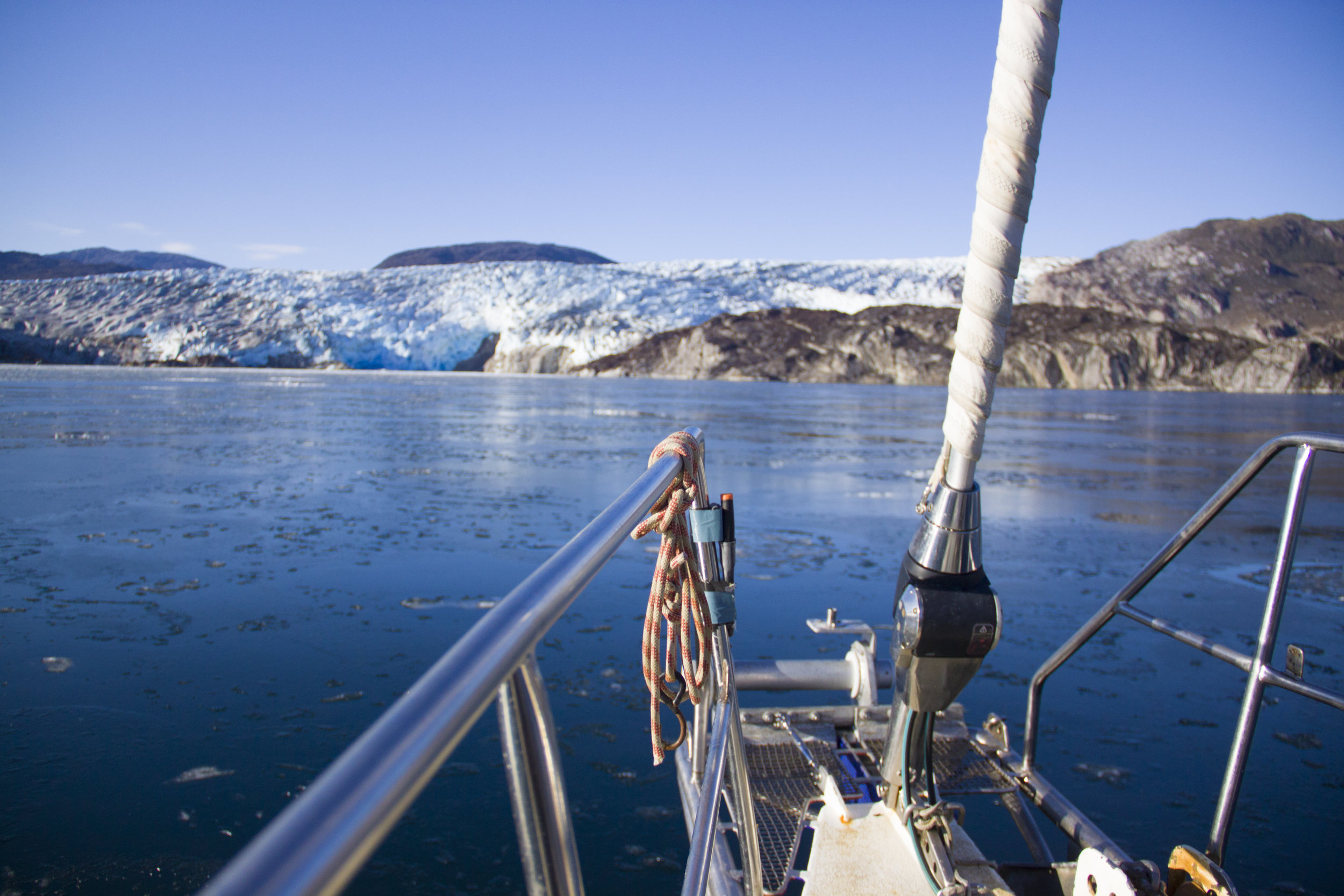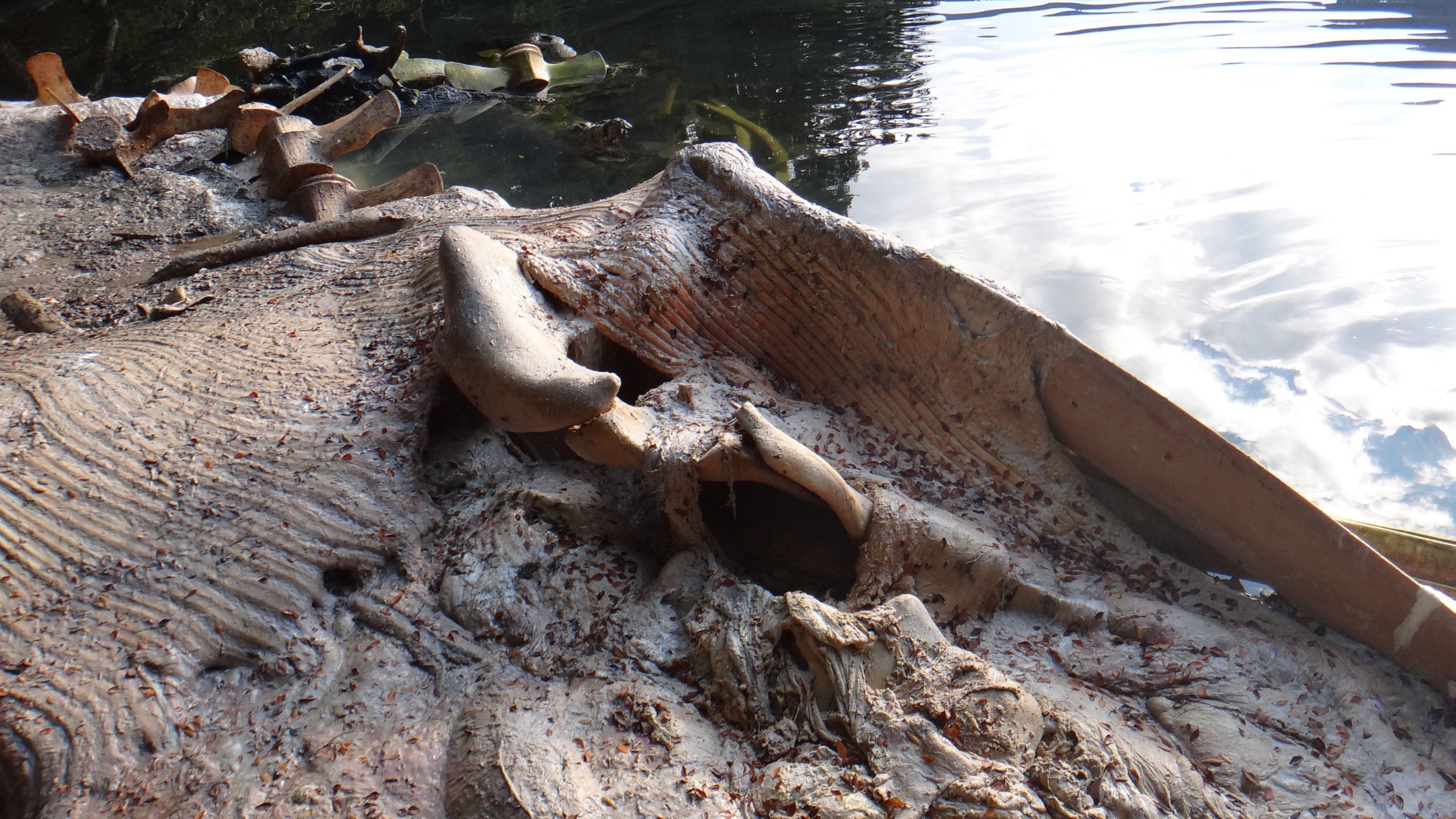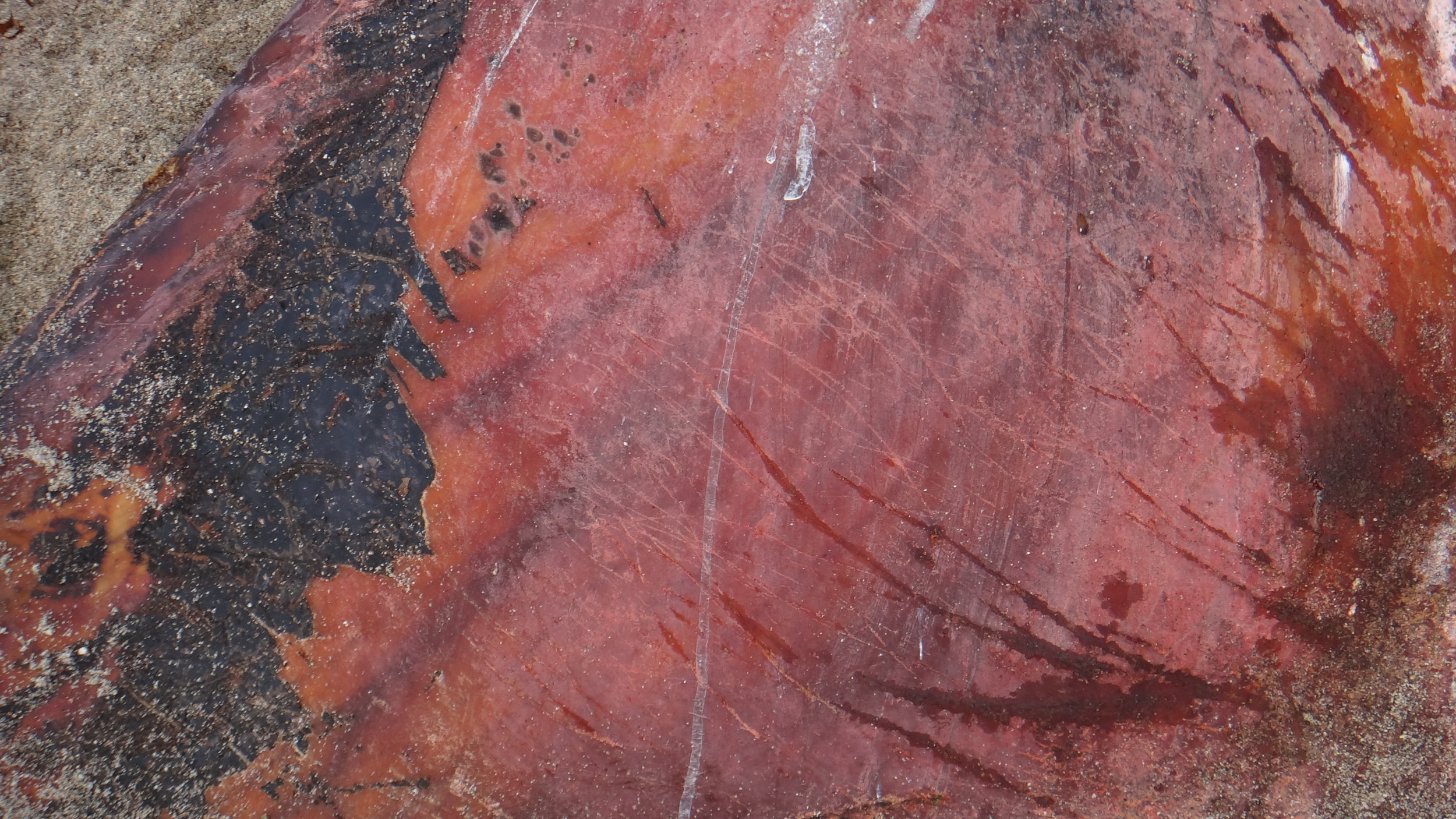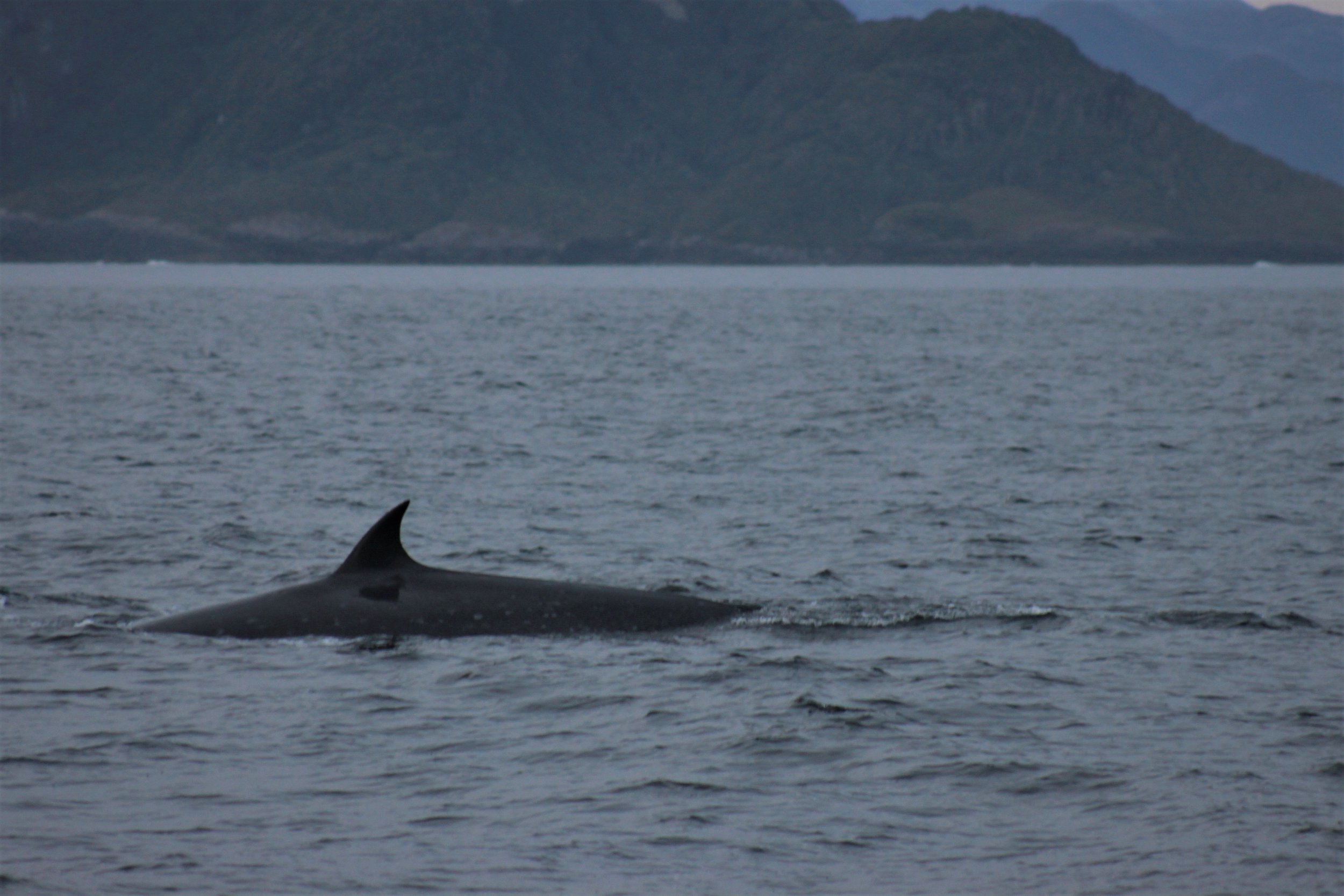Massive Die Out of Baleen Whales
Between 2015 and 2016, over 350 baleen whales (Mysticeti) were stranded on the shores of Golfo de Penas, Patagonia, one of the most isolated areas in South America. The alert pushed multiple institutions such as Huinay Foundation and the Molecular Ecology Lab from the University of Chile to work collaboratively conducting research on plankton communities, oceanography, taphonomy, genetics, and perform necropsies. Most of these whales were identified as Sei whales (Balaenoptera borealis), the third largest member of the rorquals; the family of the mighty blue whale. After several sailing expeditions, the data pointed to Harmful Algal Blooms (HAB) as the main cause of death. HABs are massive growths of microalgae that produce substances that are particularly toxic for mammals causing severe respiratory, digestive, or neurological symptoms. These toxic algae species were found in the stomachs of five dead whales, the few whales fresh enough to receive a comprehensive biological sampling. For a proper forensic sampling, the whale carcasses must be recent (less than 24 hours) and the isolation of the study area made it extremely difficult to find the carcasses in that stage. Another interesting finding was the observation of killer whales (Orcinus orca) predating on Sei whales, a species that exceeds three times its size. This new-recorded behavior in the Patagonian fjords consisted of an organized herding system where multiple orcas corner Sei whales into small coves to feed on.
More information on the findings of this project are available in published peer-reviewed journals, press releases, and agency reports. I invite you to check more facts about this fascinating case in the links below.
Produced By: Oliver Darwin
